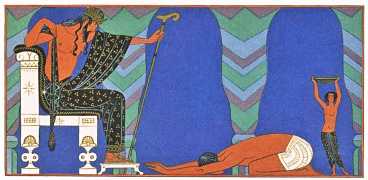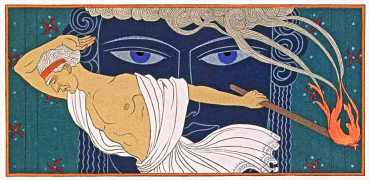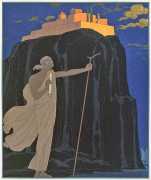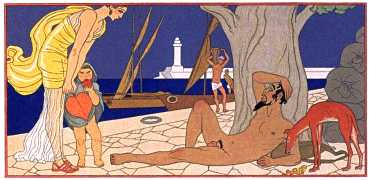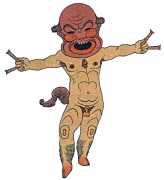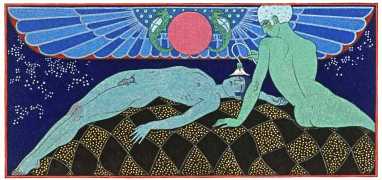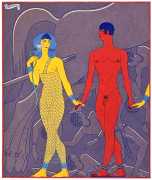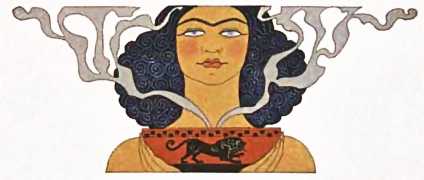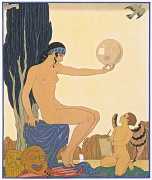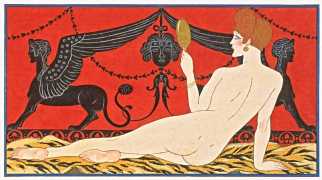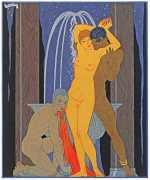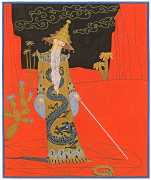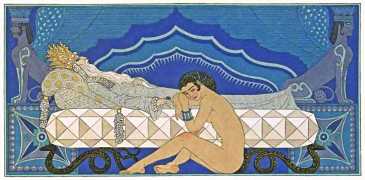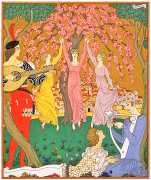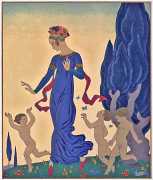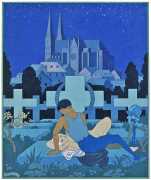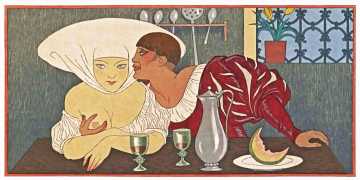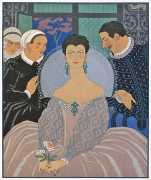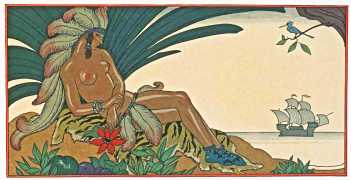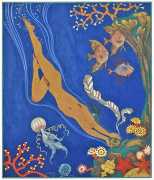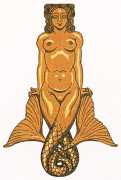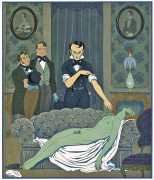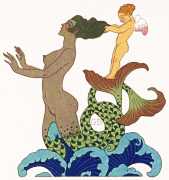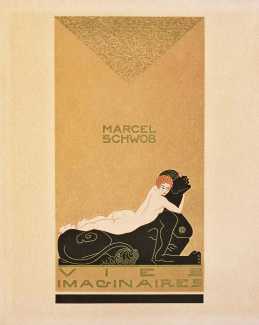 Vies imaginaires (Imaginary Lives) is a collection of twenty-two semibiographical short stories by Marcel Schwob, first published in book form in 1896. Mixing historic and fantastic elements, it was one of the first works in the genre of biographical fiction, and among other authors it is an acknowledged influence on Jorge Luis Borges’s first book, Historia Universal de la Infamia (A Universal History of Infamy), published in 1935.
Vies imaginaires (Imaginary Lives) is a collection of twenty-two semibiographical short stories by Marcel Schwob, first published in book form in 1896. Mixing historic and fantastic elements, it was one of the first works in the genre of biographical fiction, and among other authors it is an acknowledged influence on Jorge Luis Borges’s first book, Historia Universal de la Infamia (A Universal History of Infamy), published in 1935.
Schwob chooses a rich variety of fascinating subjects for his stories. Starting with the ancient Greeks Empedocles, Erostrate and Crates and the Romans Septima, Clodia and Petronius, he goes on to the geomancer Sufrah, the heretic Fra Dolcino, the poet Cecco Angiolieri, and the painter Paolo Uccello. Soldiers, actors and princesses follow, with a rich sprinkling of pirates, Princess Pocahontas, and the masters of crime Burke and Hare.
This is one of the best of Barbier’s illustrated editions, and the only one which allows him to combine his favoured references to the graphic styles of the ancient world with those of later centuries. The naked figures are also more explicitly detailed than in his earlier drawings, something only seen previously in Pierre Louÿs’ Bilitis. The final full-page illustration of Burke and Hare is a further departure for the generally light-hearted Barbier, a drawing that closely resembles something from Edgar Allan Poe.
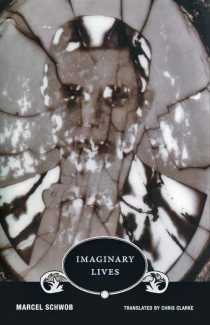 The Barbier-illustrated Vies imaginaires was published in Paris by Le Livre Contemporain in a luxury boxed and numbered edition of just 120 copies.
The Barbier-illustrated Vies imaginaires was published in Paris by Le Livre Contemporain in a luxury boxed and numbered edition of just 120 copies.
Vies imaginaires was first published in English in 1924 in a translation by Lorimer Hammond; a new translation by Chris Clark, including a useful afterword, is published by Wakefield Press, details of which you can find here.



